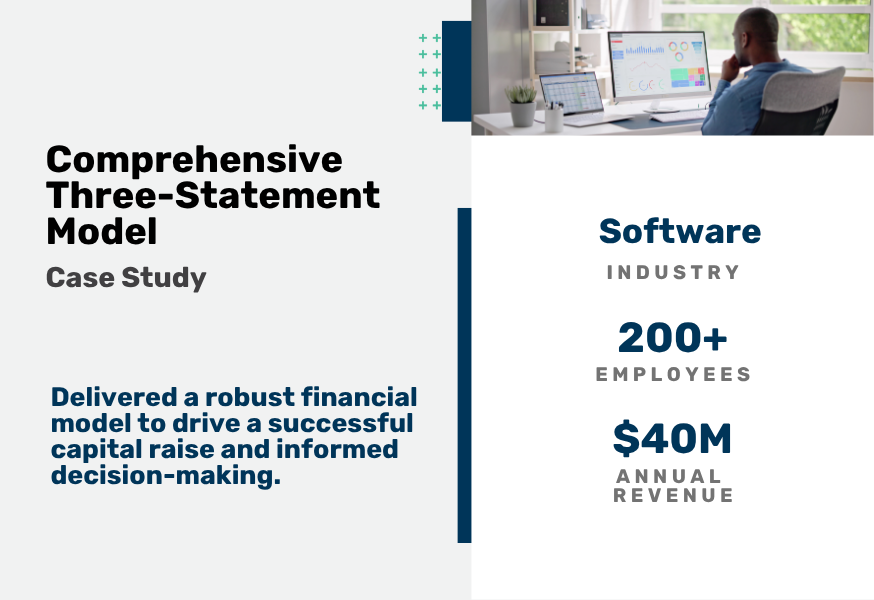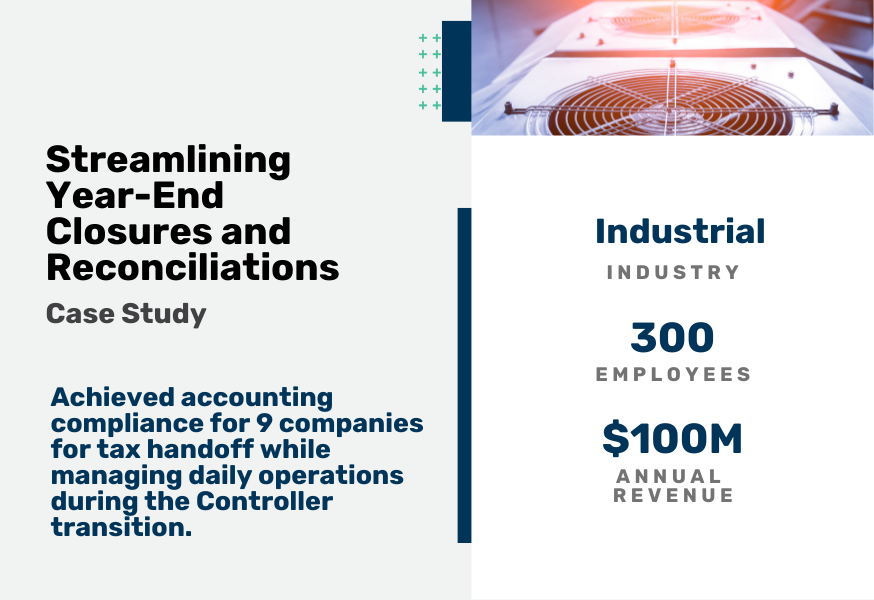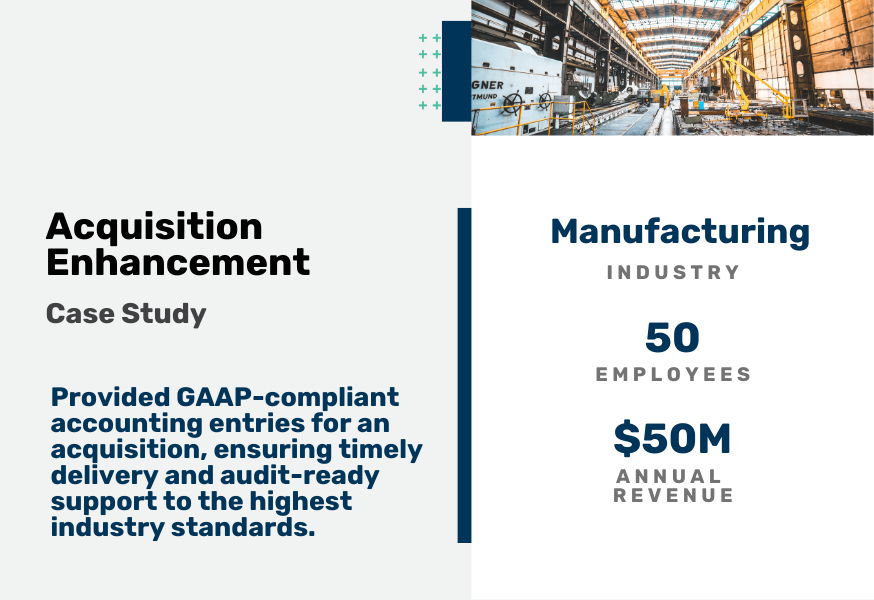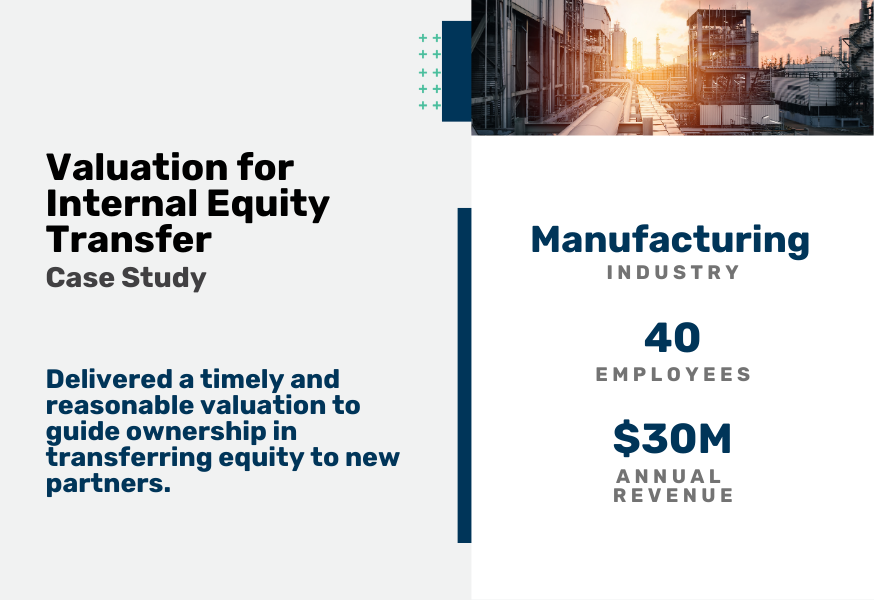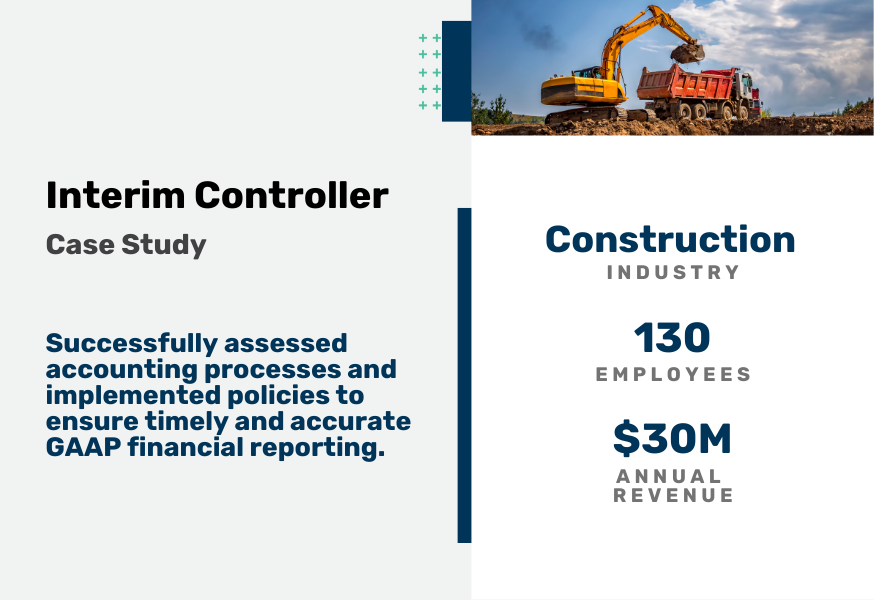When you approach an upcoming audit with a clear strategy and a detailed plan, you can better predict the time commitment and outcome of the audit. A strong plan can result in a speedy audit that adequately evaluates compliance, promotes process improvements, and instills confidence with Management teams and Board members. These steps can help you begin to formulate your audit preparation plan:
1. Review internal changes for audit impacts
Take a moment to reflect on the year and any changes it brought along with it, like new procedures, new software, or major transactions that could have an impact on the audit. Have you developed detailed documentation, including contracts, valuations, etc. to support these changes? Ensure you have the materials needed to support the audit and enhance transparency and confidence.
2. Develop clear communication with your auditor
To prepare for a successful audit, you should begin by understanding your auditor’s process and what information they will need. It’s important to understand their expectations long before the audit begins so you can adequately allocate time and resources to meet their needs. Your audit engagement letter is a great place to start to outline the auditor’s procedures, requests, and areas they are likely to perform testing. If requested, auditors are usually willing to share their PBC (Prepared By Client) list ahead of the audit start date. You can also ask for specific criteria, templates, and guides that outline what needs they will have to complete the audit. Remember that your auditor shares your goal of a timely audit as they seek to keep the engagement within scope. They are motivated to work alongside you to minimize roadblocks that slow the process down.
Set a pre-kick-off meeting with your auditor and discuss any significant changes to the business. Identify your team members for the respective areas to be audited and introduce them to the appropriate audit team member. Set the expectations for both teams to keep the audit on plan.
3. Establish a strong month-end close process
A smooth and timely audit is the result of an accounting organization that leverages an organized, accurate month and year-end close process. At S+H Consulting, we focus on optimizing close processes, helping clients spend 65% less time on close cycles. Our Close Process Optimization service is three-pronged:
- Implement a Close Calendar: Set timing for key activities to maintain control and accuracy
- Develop a Reconciliation Tracker: Clearly define responsibilities and accountability for maintaining accurate and controlled balances of assets and liabilities
- Assess the Process with a Close Post-Mortem: Measure performance to inform month-over-month improvement
4. Address any deficiencies identified in previous audits
Review previous audit findings and recommendations and ensure you have adequately resolved all identified misstatements, errors, and deficiencies. If you do have any uncorrected misstatements, put a plan together to address those deficiencies so they will not affect current financial statements. As you develop and execute your work plan, consider implementing monitoring processes to maintain compliance and prevent deficiencies from reoccurring. This is an important step to establish confidence not only with your auditor, but also with your Management team and Board. Reach out to our team if you need help addressing issues that were identified in previous audits.
5. Keep important documents organized
A strong documentation system is a critical foundation for a smooth audit. Don’t spend time scrambling to find important documents; instead, build one organized, cloud-hosted file system that contains the key files your auditor may need. Some of the items you’ll want to prepare include:
- Financial statements, bank statements, and reconciliations
- Payroll, tax, and inventory records
- Documented policies and procedures
- Vendor, insurance, lease, debt, and other significant agreements
Ensure that the file system you decide to use complies with your organization’s technology security rules. If you’re looking for system options, we recommend SharePoint, a secure, enterprise-grade collaboration platform from Microsoft that is likely included in your existing subscription.
When uploading documents, be sure to name them in a way that will make them easy to identify and search for. This will help expedite the audit process and ensure key stakeholders can quickly access the information they need.
The key to a speedy and accurate audit lies in building a year-round audit preparation strategy that sets you up for success and prevents surprises and deficiencies. Our team excels at establishing a repeatable process for audit readiness that ensures accountability and prioritizes efficiency. As you plan for the year ahead, meet with one of our Consulting advisors to learn more about how we can support your audit preparation needs.

